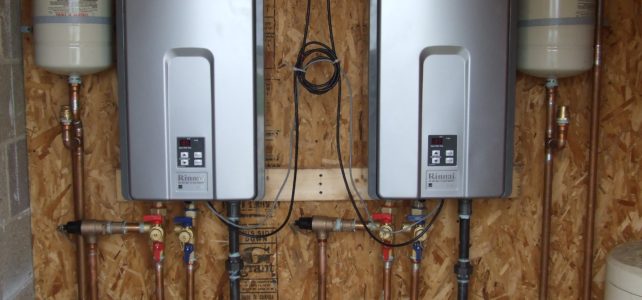
How to Maintain Your Water Heater
Keeping your water heater in good working order is the assurance of a good use of your appliance and savings on your energy bill.
A water heater requires little maintenance, but it is important to know how to drain and descale the water heater.
A breakdown does not always require the intervention of a plumber or heating engineer. You can do it yourself:
– clean and change the thermocouple,
– replace a water heater heater heater resistor,
– change the water heater anode and the safety group.
Maintenance electric water heater: no special obligation
Annual maintenance by a heating engineer is not mandatory for an electric water heater.
Before doing any work on your electric water heater, turn it off:
– the water shut-off valve,
– the gas valve,
– electricity.
You do not need to sign a maintenance contract or have your electric water heater serviced annually.
Here’s how to maintain your electric water heater:
Once a year:
– Check the anode and change it if necessary.
– Check the resistance and change it if necessary (submerged resistance).
– If you change the resistor/anode, descale the tank if necessary.
– Activate the automatic switch-off function once a month.
– Empty the system every 2 to 3 years.
– Change the automatic switch-off every 5 years.
Maintenance of gas water heaters: mandatory every year
Annual maintenance by a heating engineer is mandatory for a gas water heater.
Before doing any work on your gas water heater, turn off:
– the water shut-off valve,
– the gas valve,
– electricity.
For a gas water heater, it is necessary to take out a maintenance contract or have an annual visit by a heating engineer/plumber.
The visit is compulsory whether you are the owner or tenant of your dwelling.
Here is how to maintain your gas water heater:
Once a year:
– Clean the injector by blowing into it.
– Clean the pilot light and its filter.
– Replace the water inlet valve and gasket.
– Clean the fins of the heater with a soft wire brush.
– The burner nozzles are cleaned with water.
– Descale the heater.
Solar water heater: maintenance in spring
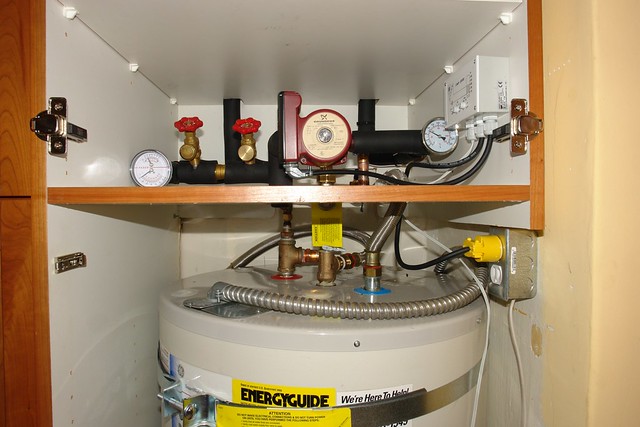
For the solar water heater, a maintenance visit is recommended approximately every 4 to 5 years.
Once a year, in the spring, clean your solar collectors with water.
Also check:
– that the vegetation does not interfere with your installation,
– the pressure of the heat transfer fluid,
– the proper functioning of the pumps,
– the good condition of the hydraulic system insulation.
If you wish to find a professional to install your water heater, you can contact Joe Cole Plumbing in Fort Lauderdale. They will draw up a specific quote for your request.
Now, let’s tackle the 2nd most common plumbing FAQ: How to Repair a Leaking Faucet
A dripping faucet is not uncommon, and while this can be annoying in terms of noise, it is above all a major additional expense.
A dripping tap can cause a loss of 4 liters per hour, which is equivalent to a consumption of about 35 m3 per year!
This plumbing repair is not complicated to carry out, it is necessary either to change a part of your valve or to carry out an intervention on its seat.
Repairing the seals of a leaking tap
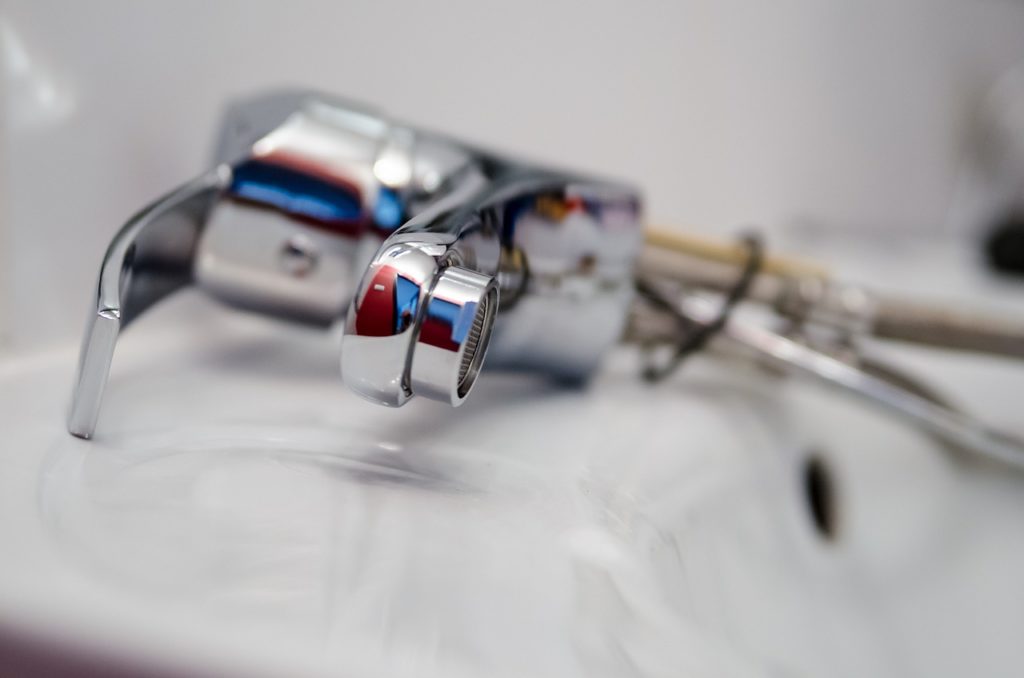
Other types of plumbing interventions are quick and within everyone’s reach: the leakage of a copper pipe, the leakage of a WC, a change of a WC float, the unclogging of a pipe, or a WC.
Leaking faucet: how to change the faucet seal
Regardless of the type of valve, care must be taken to dismantle it without forcing it.
Although the valves may look different, they all have approximately the same system for disassembly.
Before any intervention, turn off the water and close the bung.
Then start by accessing the fixing screw. To do this, remove the head of the tap and then change the gasket.
Removing the valve head and changing the gasket
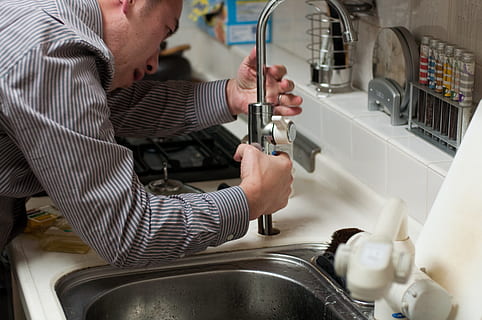
a. Unscrew the pellet from the head if it has one
If it is not unscrewed, insert a blade to pop it off, taking care not to damage the cap and the valve head.
b. Unscrew the head screw and then remove it
If the screw resists, tap lightly on the lever and the screw head.
If the head gets stuck, apply pressure underneath the head with a screwdriver and a cloth.
As a last resort, use an extractor.
c. Remove the nut holding the seal and remove the seal and change the gasket and reassemble the head
For any handyman, DIY job, this should be an easy task. But if you need help, do not hesitate to call a professional.
2. Grinding and changing the valve seat
Plumbing made easy and convenient
If, after changing the seal, the leakage from the valve persists, the seat must certainly be rectified or changed. Kits for this purpose are available on the market.
To grind the seat, a reamer is passed through the valve seat several times to remove any roughness. If this is not sufficient, it should be changed, especially if your valve is old and worn.
Finally, if you need a professional to help you with additional repairs, Joe Cole Plumbing is the name to remember. They have a team of professional plumbers for commercial, industrial, and residential plumbers in Fort Lauderdale.
Don’t forget to leave your comments below.

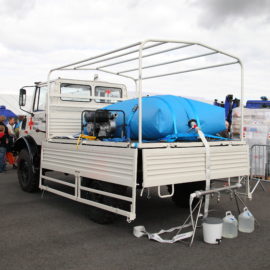
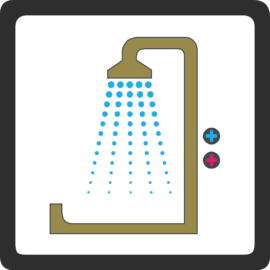
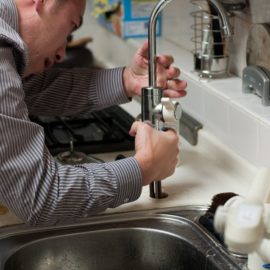
Pingback:Plumbing System: Operation of Single Fall and Separate Falls - Plumbers services